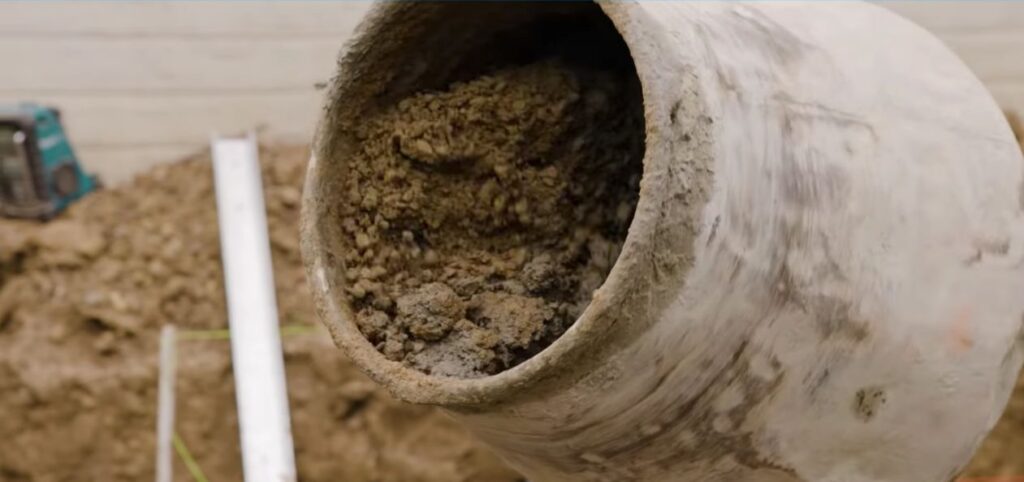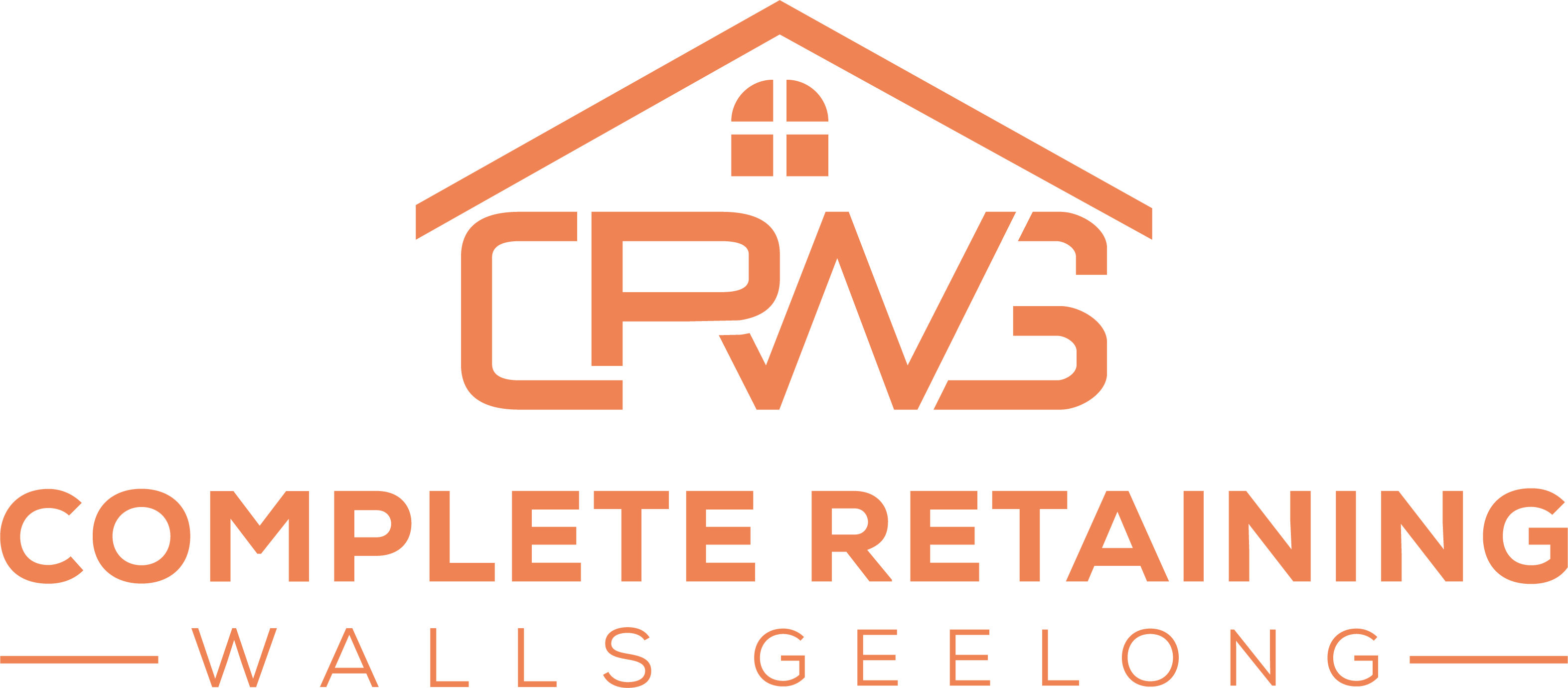Yes, it’s possible to DIY build your own retaining wall. The great thing about these structures is that they help stop soil erosion on your property. Yet despite being seemingly easy, building a retaining wall is time-consuming and complex. Make sure you’re fully prepared to commit time, money, and resources before deciding to install a retaining wall without professional help.
This post will provide answers to some of the most frequently asked questions regarding DIY building a retaining wall at home.
Is Drainage Needed in a Retaining Wall?
Yes, drainage is essential in a retaining wall since it helps keep water away from its foundation. This method is usually performed by using an agg pipe.
With an agg pipe, you’ll have a way to redirect storm water toward an existing drainage system so it won’t accumulate behind your retaining wall. Furthermore, agg pipes help in reducing soil pressure, which is beneficial in minimising settlement and erosion.
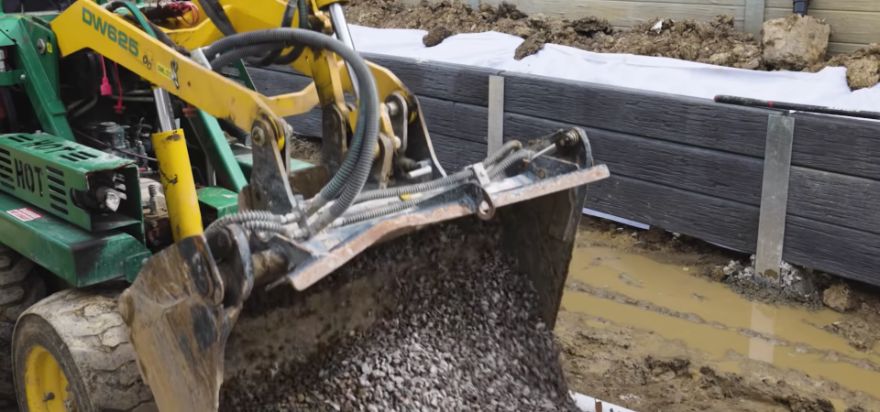
How to Backfill Behind a Retaining Wall
You can backfill behind a retaining wall by filling its base with scoria or other forms of drainage aggregate. We recommend using scoria because this igneous rock is quite effective in draining moisture.
With scoria applied, you can then fill the remaining space with soil.
Can I DIY Build a Retaining Wall That’s More Than 1 Metre?
You should avoid building a retaining wall that’s more than 1 metre in height all by yourself. There are at least a couple of reasons to be aware of.
First, most states will require homeowners to have a permit for a retaining wall if it’s above 1 metre. You can obtain a permit by getting a geotechnical soil report as well as a licensed engineer to engineering the project. Besides being time-consuming, all of these steps will be costly as well.
Another major reason is that there are many things to consider when installing retaining walls. Structures that are more than 1 metre in height will need professional expertise to make sure they are safe and stable after installation.
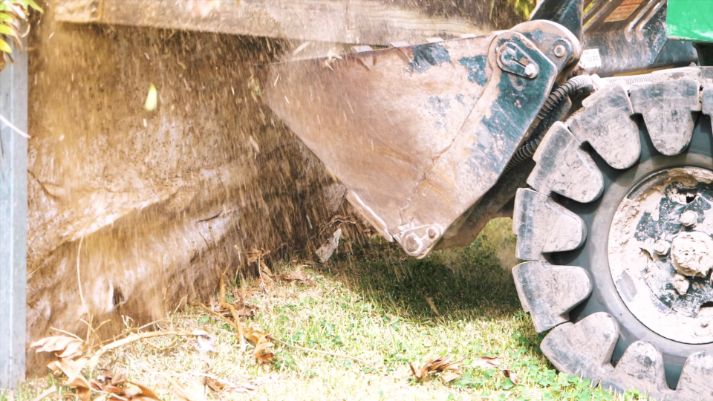
What Are the Best Sleepers for Retaining Walls?
The best sleepers for retaining walls are:
Timber Sleepers
Timber sleepers are one of the most common sleepers used when installing retaining walls. These are the benefits of using them:
Pros of Timber Sleepers
- Timber sleepers are relatively straightforward to install
- Installing timber sleepers won’t cost much
- Their natural appeal makes them easy to match any landscape
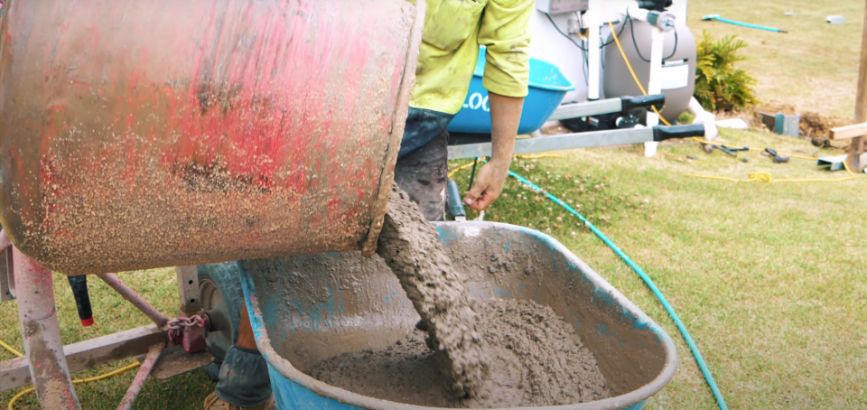
Cons of Timber Sleepers
- Timber sleepers will warp, bend, and rot after a few years
- Homeowners won’t have many design options when using timber sleepers
- Timber has to be treated to make it more moisture-resistant
Concrete Sleepers
Concrete sleepers are another type of sleeper commonly used in retaining walls. These are the main benefits of using them:
Pros of Concrete Sleepers
- Concrete doesn’t warp, rot, or bend over time
- Virtually no maintenance is needed
- Capable of lasting for 50+ years
Cons of Concrete Sleepers
- Concrete sleepers will require professional help to install correctly
- They can look dull and uninteresting
- Concrete is normally more costly than timber
If you want to know more about the process of building a retaining wall, check out our blog today.
